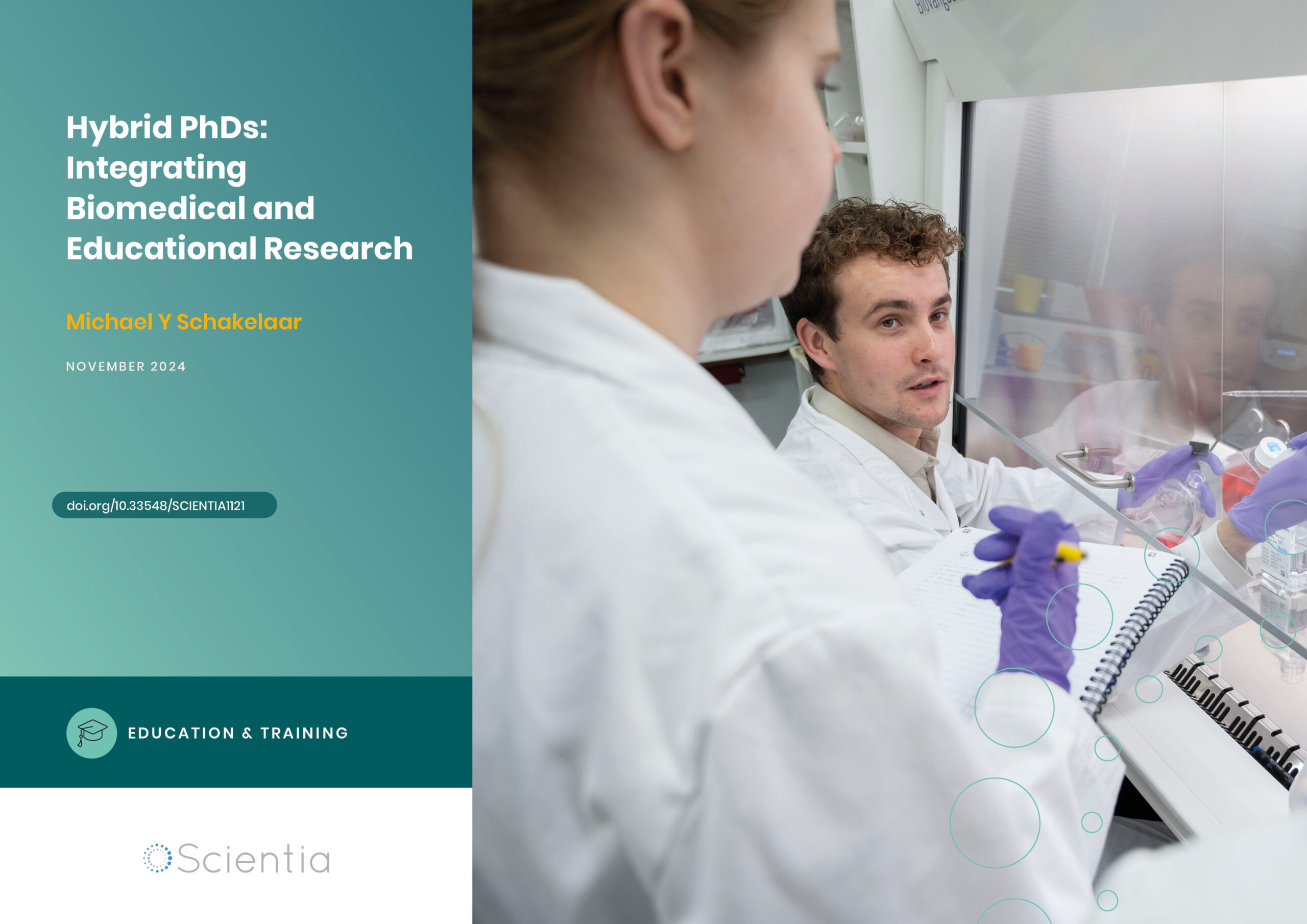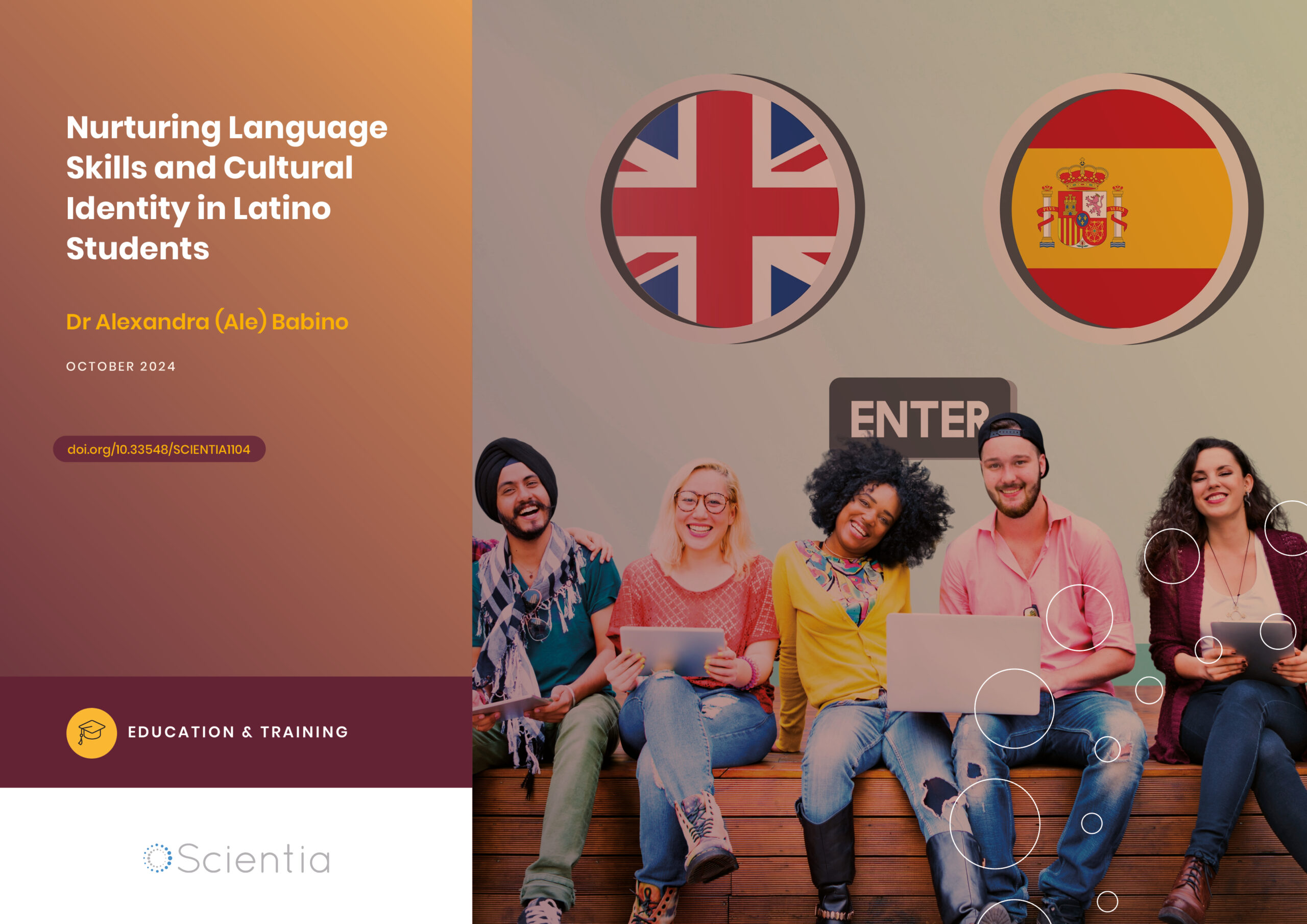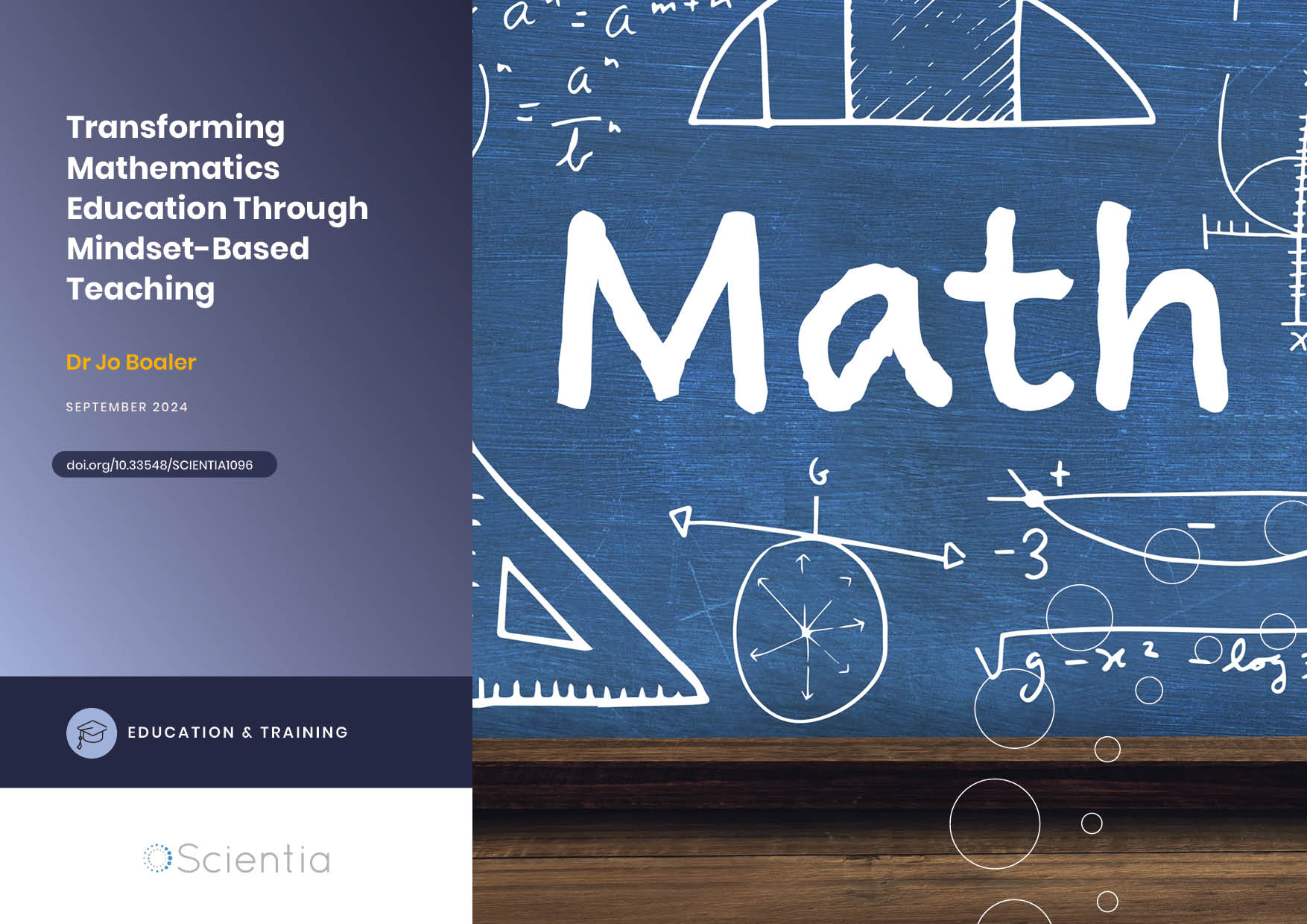Michael Wells – Merging Different Disciplines to Create a Sustainable School Garden
Increasing the engagement of high-school students in STEM disciplines and introducing them to real-world problems are two very important goals for educators worldwide. Michael Wells, principal of Munster High School in Indiana, recently directed the implementation of Project GREEN – a unique, school-wide, and innovative program that brings students together to build a 21st century school garden.
Engaging High-School Students with STEM
Science and technology are advancing at an increasingly rapid pace. Future STEM graduates will be vital in enabling further innovation and solving humanity’s greatest challenges. Over the past few decades, many educators across the globe have been focusing their efforts on recruiting more students into STEM-related, higher-education courses and increasing their engagement in these subjects.
High-school education experiences can play a particularly crucial role in fostering students’ interest and engagement in STEM subjects. With this in mind, many schools have introduced new programs designed to teach students scientific subjects in unique and practical ways, strengthening their understanding of how curricular material could be applied in the real world.
Past studies suggest that hands-on activities and interactive projects, such as practical robotics labs or group goal-oriented tasks, can be particularly effective in increasing the engagement of high-school students in STEM subjects.
Munster High School in Indiana recently devised an innovative three- to five-year interdisciplinary project that brings the entire school population together with a common goal: creating a sustainable school garden. Thanks to this distinctive project, along with other STEM-related academic initiatives, Munster High School became the first AdvanceEd STEM certified school in the state of Indiana in April of 2017. It is also the 13th high school in the U.S. to receive this status.

Munster High School students care for plants growing in the school’s greenhouse.
Striving for Excellence
Michael Wells, Munster High School’s Principal, has spent the past decade or so working to improve the school’s courses and academic curricula. His goal was to create more engaging learning experiences for students that would serve as a strong basis for their future personal and professional development.
“Munster High School continues to be ranked as one of the top-performing schools in Indiana,” says Wells. “While we are proud of our accomplishments, we never rest on our laurels, and our staff is committed to striving toward excellence. For a school to be successful, all stakeholders must have input, and I wholeheartedly believe in the ‘Breaking the Ranks’ framework.”
In addition to organizing interesting events and introducing new academic programs, Wells has prioritized communicating these projects to parents, locals, and organizations. Munster High School is very active on social media and uses both online messaging services and newsletters, such as the Mustang Memo, to inform the students’ families about exciting new projects and events.
“With various platforms, parents, students, and staff have many opportunities to weigh in on decisions and initiatives that occur at Munster High School,” says Wells.
Throughout his tenure as principal, Wells has often presented to Cognia (formerly AdvancED), the Indiana Department of Education, the Rotary Club of Munster, the Munster Chamber of Commerce, and other local organizations with the hope of initiating valuable collaborations. This ultimately led to the formation of important partnerships that allowed students to take part in projects at the town’s Community Hospital, Purdue University Northwest, and local businesses.
“A collaborative effort that I am most proud of is becoming AdvanceEd STEM certified,” says Wells. “I was able to establish a commitment from our staff when striving to become certified. The outgrowth from the recommendations during the certification process included the five-year interdisciplinary project called Project GREEN: Growing and Rewarding Educational Endeavors Naturally.”

Munster High School 2D Art students drew a plan for the layout of the school’s central courtyard orchard.
Project GREEN
Project Green is an interdisciplinary project that engages students in Science, Technology, Engineering, Art, and Math through hands-on learning experiences. The curricular topics integrated by the project include science, water conservation, computer science, art & design, entrepreneurship, and engineering. Students apply the skills and knowledge they acquired during different lessons.
In addition to creating and maintaining a sustainable school garden, students are encouraged to give back to their community through hosting school events and producing crops and other products that can be shared with locals.
Currently, several teachers at Munster High School use the garden and work with their students to develop and maintain it. This includes the school’s Science and Botany teacher, a Family and Consumer Science teacher, and two teachers of students with Exceptional Needs. Over 700 students at the school have participated in Project Green, and many more students will share that experience as the initiative evolves.
“Participating in Project Green has been a great experience as I have been able to work with classmates to set up gardening areas and devices that would benefit the community. I also learned the importance of setting land aside to grow food.”

Two Munster High School students read the instructions for building the Farmbot’s mechanisms.
A School-Wide Effort
To ensure the continuous development of Project GREEN, Wells and the teachers involved in the project have periodic meetings where they discuss new ideas for improving the school garden that may also be incorporated in the academic curriculum.
Students attending Munster High School can take part in the project in different ways, including designing specific parts of the garden, planting trees, picking fruits, or building robots that can harvest crops. Project GREEN thus combines a variety of different disciplines and academic subjects and enables students to apply what they learn in class within a real-world environment.
“For instance, 2D Art students created a conceptual drawing of the garden using watercolors as their medium,” says Wells. “The Civil Engineering and Architecture students then utilized the conceptual drawing to create a 3D rendering of the fruit orchard that would eventually be planted in the central courtyard. Our Robotics team utilized a grant to build a Farmbot. Botany students grew vegetables in our school greenhouse, and AP Computer Science students created a garden automation system and coded the remote release of stored water in rain barrels through a Raspberry Pi.”
In the next phase of Project GREEN, students attending Physics classes built a windmill, which has been mounted on the school roof. The windmill powers the release of water stored in the rain barrels. In addition, other students might be asked to plant new trees, take care of existing ones, and code a web platform for the analysis of garden-related data, including the outdoor temperature, soil pH, and soil moisture levels.
While collectively working towards a tangible goal using what they learned in class, students participating in Project GREEN can experience the real-world applications of the subjects they are studying first-hand. This experience could help them to decide what career they want to pursue in the future or encourage them to enroll in higher-education courses that focus on the subjects they found most engaging.

Munster High School Civil Engineering & Architecture students created digital renderings of the central courtyard orchard
Giving Back to the Community
In addition to offering students the opportunity to apply what they learn in class in useful and engaging ways, Project GREEN was also designed to foster collaborations between Munster High School and the local community. For instance, in October 2019, Wells and the other project leaders collaborated with The Rotary Club of Munster to host a community dinner in the school garden.
“This community dinner featured ceramic bowls and cups made by our Ceramics class specifically for the dinner,” says Wells. “Our Family and Consumer Science students created the menu with fruits and vegetables grown in the garden as the primary ingredients. Finally, the Theatre Arts students created sets and staging for the community dinner. When the dinner was enjoyed by all, community members attended a theatrical performance in the auditorium.”
Over the next few years, the project will be developed further through INCubatoredu, the high school’s business entrepreneurship program. Students in the program will create a business model that will be used to start selling crops grown in the school garden at the local Farmers’ Market.

A group of Munster High School students worked together to build the base of the Farmbot.
Impactful Learning Experiences
Despite the challenges posed by the COVID-19 pandemic, Project GREEN has proved to be highly effective in increasing student engagement in STEM, as well as in the arts and architecture. In addition, the project succeeded in connecting students with their local communities and encouraged them to organize events and prepare dishes using school-grown ingredients.
“I have worked on multiple projects with Project GREEN, including building the FarmBot, installing the vegetable beds at the Munster Public Library, and installing the rainwater collection system in the North Courtyard,” says Rayhan Zaman, a student at Munster High School. “Participating in Project Green has been a great experience as I have been able to work with classmates to set up gardening areas and devices that would benefit the community. I also learned the importance of setting land aside to grow food.”
This unique project devised by Wells and other teachers at Munster High School is an inspiring example of how educators can make STEM academic experiences more engaging while they teach students to value natural resources and encourage them to take part in hands-on learning. In the future, Project GREEN could inform the development of similar projects at other high schools worldwide, helping to increase future student engagement in STEM programming.
SHARE
DOWNLOAD E-BOOK
REFERENCE
https://doi.org/10.33548/SCIENTIA797
MEET THE RESEARCHER

Michael Wells
Principal
Munster High School
Munster, IN
USA
Michael Wells is the Principal of Munster High School. He earned an MSEd in Educational Administration from Purdue University and a BSc in Science Education in Secondary Education from Indiana University Bloomington. Before he became a school principal, Wells taught middle-school and high-school students for 12 years, initially at Harrison Middle School and then at Munster High School and Jane Addams in Chicago. Over the course of his career, he presented to the Indiana Department of Education and several other groups about introducing interdisciplinary long-term projects in high schools. His experience has led him to become highly skilled in K-12 education, secondary education, classroom management, school safety, school administration, and curriculum development. Wells has also received many honors and awards, including the IASP District 1 Principal of the Year award in August 2020. He is also a member of the IDOE STEM Leadership Cadre, which is part of the Indiana Department of Education. Wells has now been a school administrator and principal at Munster High School for almost fifteen years. Under his leadership, Munster High School became the first AdvancED STEM certified high school in the state of Indiana.
CONTACT
E: mpwells@munster.us
W: https://www.youtube.com/watch?v=gpVGquCK4Hg
KEY COLLABORATORS
Kelly Hladek, Brad Docter, Kim Peirick, Larry Hautzinger, Elena Lopez, Peggy Matanic, Jim Davidson – teachers at Munster High School.
FUNDING
Indiana Department of Agriculture – Fruitful Futures Grant
Sustainable Agriculture Research and Education Grant
Whole Kids Foundation Grant
Rotary Club of Munster Grant
REPUBLISH OUR ARTICLES
We encourage all formats of sharing and republishing of our articles. Whether you want to host on your website, publication or blog, we welcome this. Find out more
Creative Commons Licence (CC BY 4.0)
This work is licensed under a Creative Commons Attribution 4.0 International License. 
What does this mean?
Share: You can copy and redistribute the material in any medium or format
Adapt: You can change, and build upon the material for any purpose, even commercially.
Credit: You must give appropriate credit, provide a link to the license, and indicate if changes were made.
SUBSCRIBE NOW
Follow Us
MORE ARTICLES YOU MAY LIKE
Michael Y Schakelaar | Hybrid PhDs: Integrating Biomedical and Educational Research
Biomedical science-based PhDs are often research-focused, designed to hone a candidate’s expertise in a specific field. However, subsequent careers in university settings frequently entail substantial teaching responsibilities, with PhD graduates unprepared for the dual roles of researcher and educator. Hybrid PhDs aim to better equip graduates for academic careers by integrating highly specialised scientific knowledge with educational research. PhD candidate Michael Y Schakelaar of University Medical Center Utrecht (Utrecht University), The Netherlands, provides an outstanding example of how this can be achieved.
Dr Alexandra Babino | Bilingual Education: Nurturing Language Skills and Cultural Identity in Latino Students
Bilingual education programmes aim to help students develop proficiency in multiple languages while learning grade-level content. However, the reality is often more complex, especially for Latino students navigating between Spanish and English in the USA. Dr Alexandra Babino from Texas Woman’s University explores how these students develop their language skills and identities in bilingual educational settings. Her research provides valuable insights to help educators nurture students’ multilingual abilities and cultural connections.
Dr Jo Boaler | Transforming Mathematics Education Through Mindset-Based Teaching
Mathematics education in the United States has long struggled with issues of underachievement and inequity. Despite decades of reform efforts, many students continue to struggle with math, developing negative attitudes and beliefs about their own mathematical abilities. However, recent research into mindset and brain plasticity offers promising new directions for transforming how mathematics is taught and learned. A groundbreaking study led by Dr Jo Boaler at Stanford University demonstrates how a ‘mathematical mindset’ approach to teaching can dramatically improve student achievement and engagement, even in just a few weeks of instruction.
Dr Kimberly Coy | Virtual Schooling: How Digital Education Can Increase Inclusivity
Virtual schooling – teaching conducted entirely online – has become increasingly important since the COVID-19 pandemic. Even prior to the pandemic, virtual schools were recognised for providing alternatives to students with needs beyond those catered for in traditional classroom settings. While research into the factors influencing the success of virtual schools is lacking, Dr Kimberly Coy of California State University, Fresno, is working to address this knowledge gap. She is particularly interested in the challenges facing the application of digital learning and strategies that may overcome these.





